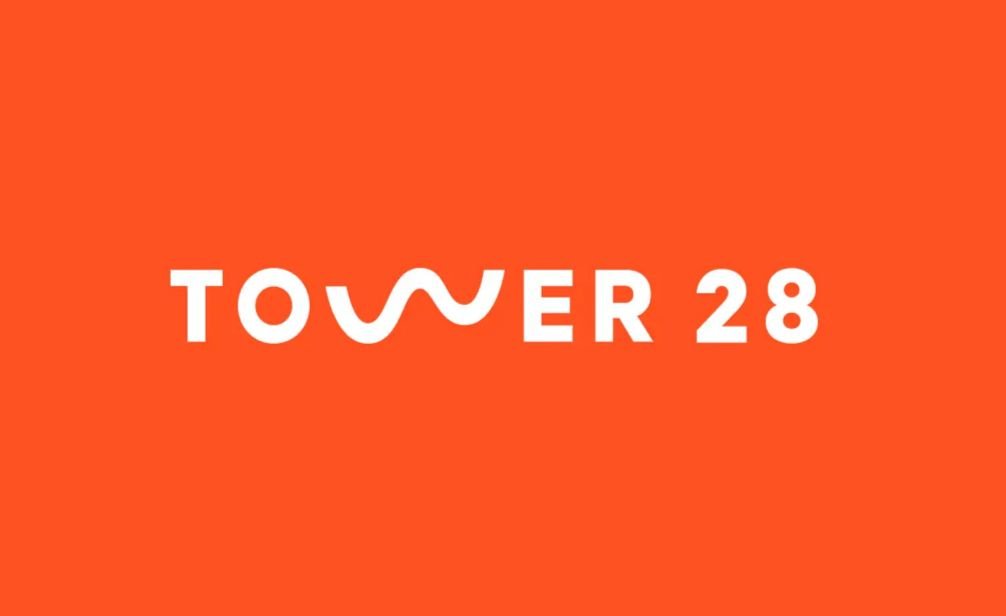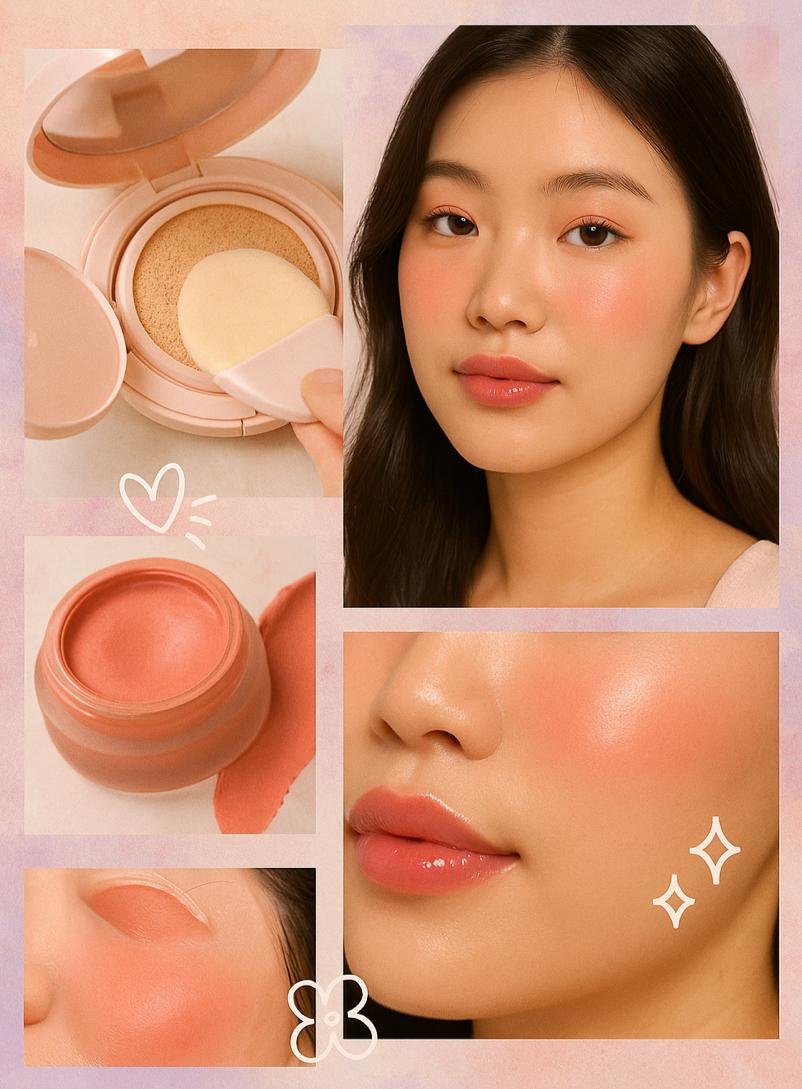Tower 28 Lessons: The Risk of ‘Universal Tint’ Claims
When “one shade fits all” backfires: how Tower 28’s tinted SPF misstep underscores the importance of inclusive formulation, transparent marketing.
19 Jun'25
By Yugadya Dubey


Tower 28 Lessons: The Risk of ‘Universal Tint’ Claims
A sudden TikTok: a Black dermatologist applies Tower 28’s SOS FaceGuard SPF 30 and—white cast. Disappointment ripples across the BeautyTok universe.
Tower 28, celebrated for clean and inclusive products, had gone wrong—universal tint? No white cast? Not so universal. The #Tower28 hashtag blew up as users and experts called out the disconnect.
Let's unpack how this happened—and why it matters—for brands and beauty marketers alike.
The Promise vs. Reality
Tower 28’s marketing labelled the SPF as having a universal tint and no white cast, even showcasing deeper-skin-tone models applying it. But in practice, thick application (half a teaspoon to meet SPF standards) revealed white residue on deeper skin tones. Cosmetic chemist Dr. Julian Sass highlighted this gap during a TikTok demonstration:
“Marketing this as no white cast in 2025 is so disappointing and just makes me feel so undervalued as a consumer”.
Tower 28’s apology came swiftly: founder Amy Liu acknowledged the mislabeling and removed universal tint and no white cast claims. She committed to reformulating for deeper tones and improving testing rigour.
What Went Wrong – And How You Can Avoid It
A. Scientific Limitations Overlooked
Mineral filters like zinc oxide are inherently white—micronisation and tint can reduce, but not eliminate cast, especially at SPF-level buildup. Brands often underestimate this.
B. Incomplete Shade Testing
Authentic inclusivity means evaluating products across the Fitzpatrick scale with full recommended amounts. Tower 28 admitted their testing "missed the mark" on deeper tones.
C. Marketing vs. Ingredient Science
Communicating "universal tint" without qualifying application variables misleads consumers and misrepresents brand values. Influencers and chemists like Dr. Sass rightly called it out.
A Wake-Up Call for Beauty Marketers
1. Precision in Claims
Avoid blanket promises—use accurate language. E.g., "blends undetectably into medium skin tones" is better than "universal tint."
2. Diverse, Quantitative Testing
Use test groups across skin tones using a full SPF dose. Cosmetic specialist Krupa Koestline says even micropigmentation can't erase all cast.
3. Budget for Real Inclusivity
Clinical development is pricey (~$20,000 per SKU). Plan your product roadmap to cover formulations for multiple tones, not just marketing them later.
4. Transparency First
When mistakes happen, own them—like Tower 28 did—and invite scrutiny. Genuine change requires admitting missteps and showing action (removing claims, reformulating, improving testing).
Why Visuals Must Reflect Reality
Inclusivity isn’t just about formulas—it’s about accurate visual representation too. Admigos crafts beauty visuals that:
- Show full-dose application on diverse skin tones
- Reveal texture and residue under natural lighting
- Use animations or video overlays to illustrate unmet claims (e.g., tint lifting to reveal white cast)
- Highlight testing rigour—e.g., side-by-side shots with proper SPF amounts
This isn’t about policing marketing—it’s about building consumer trust through honest visuals.
A Visual Pass That Could’ve Helped
Imagine a short IG/video reel storyboard:
- Macro shot of zinc-based SPF pump
- Split-screen: half-skin tone watch (no cast), half-deeper-tone watch (cast visible)
- Overlay text: “Does it work on me?”
- Second split-screen: same but with full SPF amount
- End frame: “Inclusive validation means full coverage—for everyone”
Admigos' visuals can reveal the truth without pointing fingers. That builds credibility.
Final Thought
Tower 28's mistake is a lesson, not just a moment of backlash. It underscores the gap between inclusion rhetoric and the formulation reality. But it also reveals an opportunity for brands to build trust through transparency, visual authenticity, and honest storytelling.
At Admigos, we believe truly inclusive beauty starts with real visuals. We craft content that doesn't just look right—it is right. Because modern consumers—especially Gen Z—can spot authenticity from a mile away.
Want to bring real inclusivity into your product storytelling? Let’s craft visuals that resonate, reflect, and respect—and ensure your brand claims match the experience.
— By Yugadya Dubey
K‑Beauty Makeup Innovations Trending in India
From cushion compacts to glowing "butter skin," discover how Korean beauty is reshaping Indian makeup aesthetics—with visuals and textures that speak to your style.

SPF Innovations Gen Z Actually Love
Swipe-worthy SPF formats—from mousse to mist—that turn sun protection into a ritual Gen Z never skips.
